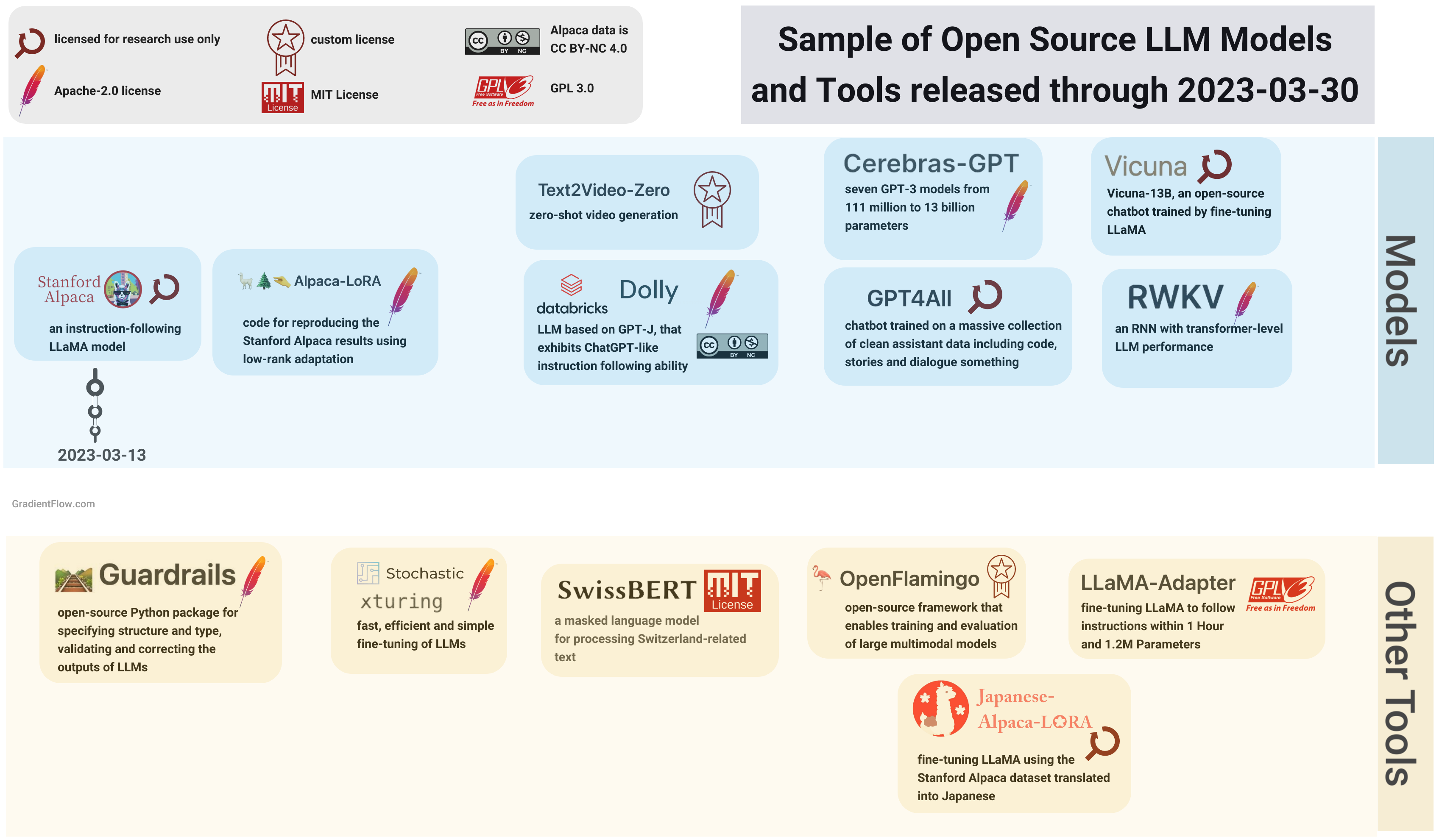Mind Readings: Tool Handling and Non-Language Generative AI...
In today’s discussion, we delve into the evolution of generative AI and its adaptation towards efficiently handling non-language tasks through the innovation of tool handling. Models like Llama 3.1 are leading the way by incorporating tools, similar to Batman’s utility belt, to access external functions and overcome inherent limitations.
Integration of Tools in AI Models
Meta's Llama agent, an agentic system, has a defined process for tool handling. The upcoming Llama 4.0 is rumored to further enhance this feature, showcasing the importance placed on tool utilization within AI models. Tool handling involves creating functions that a model can effectively use. For instance, a tool like "web search" can be accessed by the model when deemed necessary during interactions.
Significance of Tool Handling in AI Evolution
Generative AI models, with their tool belts akin to Batman's, store various tools like email, stock ticker, CRM, calculator, etc. These tools empower AI models to excel in non-language tasks, addressing shortcomings such as counting abilities. The incorporation of tools in AI not only enhances their capabilities but also streamlines the handling of diverse tasks.

Emergence of a New Market
The evolution of tool handling in AI signifies a burgeoning market for tool makers. Companies with APIs are urged to develop tools for AI applications promptly to capitalize on this growing trend. Standardizing tool development in architectures like Llama can offer a competitive edge due to its widespread adoption and effectiveness in enhancing AI performance.
Expanding AI Capabilities
Tools serve as plugins within AI models, similar to how plugins enhance software functionalities without altering the core program. By focusing on developing robust language capabilities in AI models and delegating non-language tasks to specialized tools, the overall efficiency and effectiveness of AI systems are significantly improved. This shift towards tool handling presents lucrative opportunities for businesses looking to thrive in the AI landscape.
As the realm of AI continues to evolve, the integration of tools in generative models is poised to revolutionize how tasks are accomplished, heralding a new era of efficiency and adaptability in artificial intelligence.




















